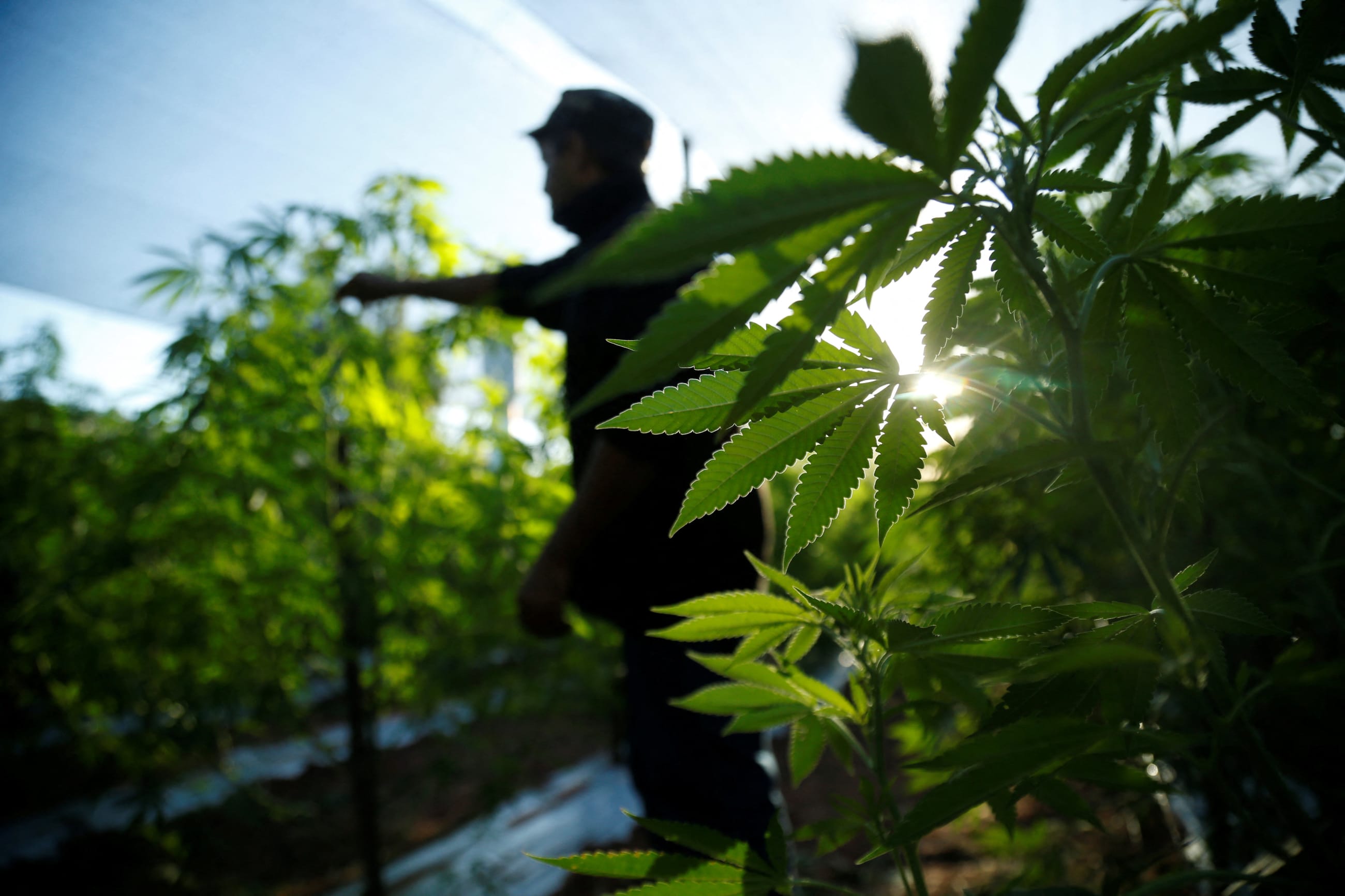The medical community and the cannabis industry have an enormous opportunity to market the medicinal and adult-use benefits of cannabis—while avoiding the mistake-ridden path laid out by big tobacco. The United States learned many lessons from the deceptive marketing practices of big tobacco as well as the medical community turning a blind eye to the risks of tobacco for too long, and millions of people paid with their lives. All the building blocks are in place for big cannabis to chart a healthier path.
The legal cannabis industry in the United States is booming as sales reached $25 billion in 2021 and are projected to grow to more than $40 billion by 2025. This exponential growth echoes the tobacco industry's rise during the mid-twentieth century. By 1952, cigarettes were a $5 billion market in the United States, roughly equal to a $56 billion market share in today's dollars. With this capital and increasing spotlight, cannabis can engage health care, legislators, and consumers to further understand and educate around benefits and risks of use, something big tobacco failed at miserably.
The legal cannabis industry is projected to grow to more than $40 billion by 2025
During the post–World War II era, a small number of tobacco giants such as Philip Morris and R.J. Reynolds had influence over tobacco products and advertising. Through medical physicians and celebrity endorsements in advertisements, it vigorously promoted smoking as glamorous, sophisticated, and even healthy. In 1946, R.J. Reynolds initiated a major advertising campaign for Camel, one of the most popular cigarette brands in the United States at that time, to establish dominance in a highly competitive market. Reynolds centered its new campaign on the memorable slogan, "More doctors smoke Camels than any other cigarette." This wildly successful marketing drove tobacco consumption and hooked generations of Americans on nicotine, despite mounting evidence of significant serious health consequences such as lung cancer and heart disease.
The emergent cannabis industry in the United States is similarly dominated by a handful of large, multistate operators (MSOs) that control many state licenses and large market shares in states with legalized recreational or medical cannabis or both. These MSOs have much deeper pockets and more marketing reach than the mom-and-pop cannabis shops that began the movement in the 1990s on the West Coast. This concentrated market power echoes the marketplace landscape of tobacco companies in the 1950s. That is where the similarities should stop.
Another important difference between tobacco and cannabis is the undoubtedly therapeutic benefit to cannabis use, though poorly understood given the many obstacles interfering with conducting high quality clinical research in this space. Cannabis holds therapeutic potential as a medicine, mirroring the compounds produced within our bodies in a complex system of receptors located both throughout the central nervous system as well as in other parts of the body, such as the endocannabinoid system. Yet the plant remains a Schedule I substance under federal law, a classification reserved for drugs with no currently accepted medical use and a high potential for abuse. With good reason, pressure for this to change is growing.
However, like most medical therapeutics, cannabis is not without risks. Delta-9-tetrahydrocannabinol (THC), especially in the high concentrations of today's recreational products, poses serious physical and mental health risks that warrant regulation and safety warnings. Additionally, frequent cannabis use is associated with impaired memory, attention, decision-making, and motivation in teens and young adults. Further, given the marketplace is driving product development, increasingly high potency THC products, some close to 100 percent THC, are more prevalent.

The Schedule I designation significantly constrains virtually every facet of operating a cannabis-based business and creates often insurmountable barriers to conducting meaningful clinical research to better understand the potential harms and benefits of cannabis use. A recent announcement from the U.S. Department of Health and Human Services recommending FDA rescheduling of cannabis to a Schedule III drug (available by prescription in any pharmacy) has bipartisan support.
If passed, this legislation could rapidly accelerate industry growth projections to $75 to $100 billion by 2030, and open the doors to opportunities for MSOs, legislators, and researchers to partner. Specifically, mirroring the engagement between traditional pharmaceutical companies and government, MSOs would be able to recommend clear labeling practices, creation of a national database of adverse events, and increased equitable access to underserved populations.
Places Where Big Cannabis is Protecting Consumers
Today's dominant MSOs have the potential to use strikingly similar tactics to the tobacco companies of the twentieth century to normalize cannabis use and expand their enormous profits, but they haven't exploited this route to date. Despite glimpses of the trend—modern, minimalist boutique-like dispensaries, which often serve to destigmatize and glamorize the experience of purchasing cannabis, or partnering with celebrities and social media influencers—this is no different than the marketing approach deployed by the most sophisticated clothing, food, and drink brands of today.
As trusted producers and distributors, MSOs have an ethical responsibility to inform the public and prevent potentially dangerous use of what can be extremely potent products. Dispensary sales workers, also known as budtenders, cannot continue to dispense opinions that sound dangerously like medical claims. MSOs have the opportunity to differentiate themselves from big tobacco, which recklessly misrepresented the safety of cigarettes for decades.
Dispensary sales workers cannot continue to dispense opinions that sound dangerously like medical claims
Examples are emerging of cannabis charting a better path in small pockets. In Pennsylvania, the state legislature created regulations that allow cannabis producers and distributors to partner with academic medical centers to support and engage in education and research, commonly referred to as Chapter 20. Pennsylvania's Chapter 20 program presents one thoughtful example of an opportunity for academic researchers to collaborate with the cannabis industry on clinical trials and studies. MSOs can provide legal access to a range of cannabis products, including those with controlled ratios of essential active compounds such as THC and cannabidiol (CBD), which researchers can study in human models rather than relying on animal studies. CBD is a component of the cannabis plant that shows promise as an anti-inflammatory compound in the human body. This facilitates more translatable medical research. Additionally, the companies have all agreed to provide significant funding, materials, and drug supply for robust university-based studies.

When rescheduling happens, MSOs should partner with clinicians and the research community as well as startups that deploy artificial intelligence (AI) or other scalable methods to accelerate public understanding. This understanding should encompass the risks and benefits of cannabis use, the ability to identify appropriate conditions for cannabis-based treatments, improve product safety and responsibility among producers, and ultimately maximize equitable access for patients who stand to improve their quality of life from cannabis products. The medical community needs to engage in this discussion.
By incorporating science-based regulations and transparency about potential detrimental effects of cannabis into their business models, MSOs can achieve the noble goal of providing cannabis to those who may benefit while better protecting public health and driving responsible education of consumers. MSOs cannot do this alone. Partnership between legislators and medical insurance company payers to revisit access through insurance, where research supports the use as a viable treatment, will reduce barriers for underserved populations who have long been more penalized in the cannabis space. The cannabis industry can and must do better than what big tobacco recklessly did a hundred years ago.













